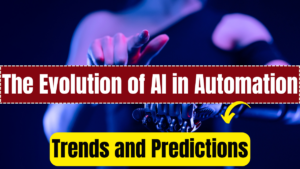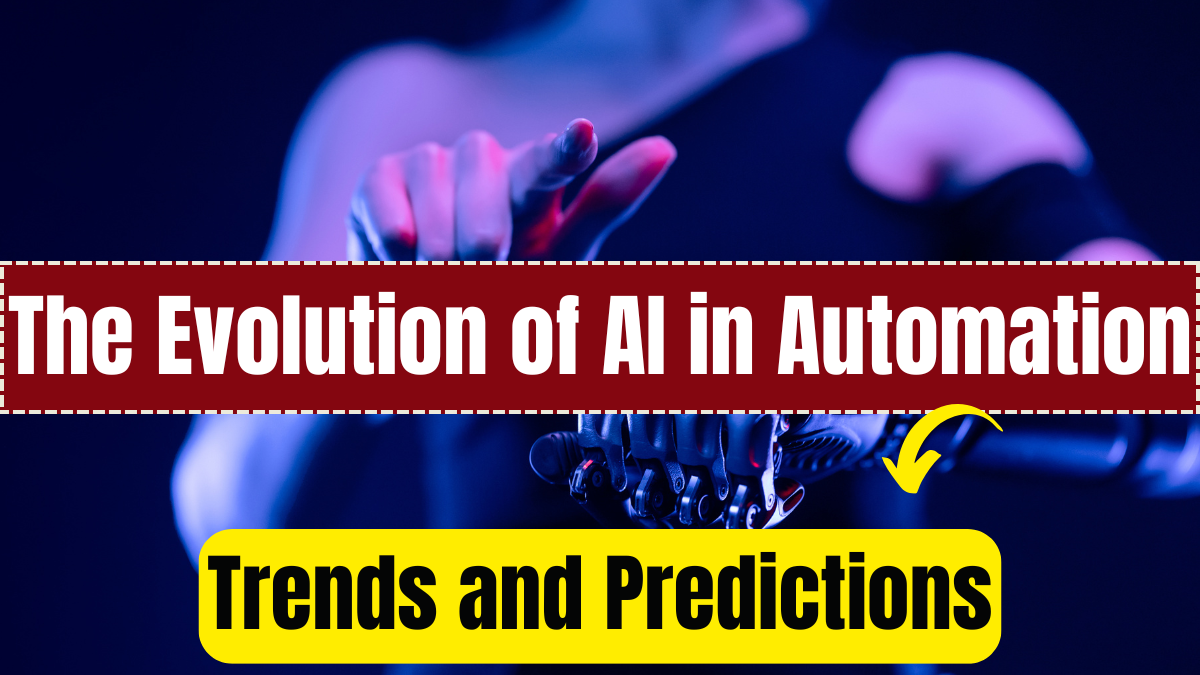As we move deeper into 2025, artificial intelligence (AI) continues to be a transformative force in the world of automation. What began as an obsession with collecting vast amounts of data has now evolved into a pressing need to analyze and apply that data through intelligent systems. The automation sector is now embracing AI to simplify workflows, accelerate processes, and solve highly technical challenges that often exceed the capabilities of even experienced engineers.
This shift represents a critical moment where businesses must decide whether to adapt or fall behind. AI is no longer just an emerging technology—it is becoming a cornerstone of modern automation strategies.

Where AI Is Headed in 2025
Although the year is still in its early stages, 2025 is already showing promising signs of advancement in AI. With new players entering the tech landscape and innovation accelerating, we’re seeing remarkable developments in AI-powered optimization—especially within the Machine Vision segment of automation.
In manufacturing, this means:
-
Faster production cycles
-
Higher product accuracy
-
Less downtime
-
Improved quality control
The impact of AI extends beyond mere automation—it’s redefining how industries approach problem-solving and performance efficiency. However, reaping the benefits will require companies to let go of long-standing, expertise-heavy systems and adopt more dynamic, adaptable methods.
Challenges in AI Integration and Adoption
Despite the clear benefits, several challenges still hinder AI’s full adoption:
-
Resistance to change: Cultural barriers and traditional mindsets remain one of the biggest roadblocks
-
Integration complexity: Many companies struggle with connecting AI systems across their infrastructure
-
Cost and ROI uncertainty: Upfront investment concerns and lack of clarity on immediate returns
-
Unclear implementation strategy: Businesses are unsure where to start or which use cases to prioritize
Companies like Omron offer holistic solutions to support the transition, helping to streamline AI deployment from start to finish.
A common myth is that AI makes autonomous decisions. In reality, AI operates based on human-defined rules. For instance, it follows conditions like “if X, then Y.” If a red item is detected, AI doesn’t make that judgment autonomously—it was instructed to treat red items as defective.
Rather than replacing employees, AI can serve as a productivity enhancer. By automating repetitive or overly demanding tasks, AI reduces pressure on staff, allowing them to focus on higher-value contributions.
What Makes AI a Strategic Advantage in 2025?
AI’s rapid expansion in 2025 is driven not only by technological growth but also by increasing global uncertainty. In times when economic or political conditions create instability, organizations seek smarter, faster, and more reliable ways to operate—and AI delivers exactly that.
Key drivers of AI’s competitive edge include:
-
Growing consumer familiarity: From search engines to smart assistants, users are already comfortable with AI
-
Demand for smarter tools: People now expect automation to be intelligent, personalized, and proactive
-
Business edge through early adoption: Companies integrating AI now will enjoy long-term advantages similar to early internet adopters
The message is clear—AI isn’t just a tech trend. It’s a foundational shift. Organizations that embrace it with openness and readiness will position themselves for sustained success.
FAQs
What are the main AI automation trends for 2025?
Key trends include optimization in machine vision, enhanced automation in manufacturing, and greater use of AI in decision-support systems, reducing human effort while improving accuracy.
Is AI replacing human workers in automation?
No. AI is designed to support and assist workers by automating repetitive tasks. It helps reduce burnout and increase productivity—not eliminate human roles.
What industries are benefiting most from AI in 2025?
Industries like manufacturing, logistics, healthcare, and finance are leading in AI adoption, especially for process automation, quality control, and predictive maintenance.
How does AI make decisions in automation processes?
AI uses human-defined rules and parameters. It doesn’t “think” on its own but follows logical instructions such as if/then conditions set by engineers.
What’s the biggest challenge in adopting AI for automation?
The biggest hurdle is cultural resistance within organizations, followed by issues with system integration and the high perceived cost of implementation.
Click here to know more.
Aanchal is a passionate writer with a keen interest in storytelling, content creation, and creative expression. She enjoys exploring diverse topics and crafting engaging narratives that captivate readers.

